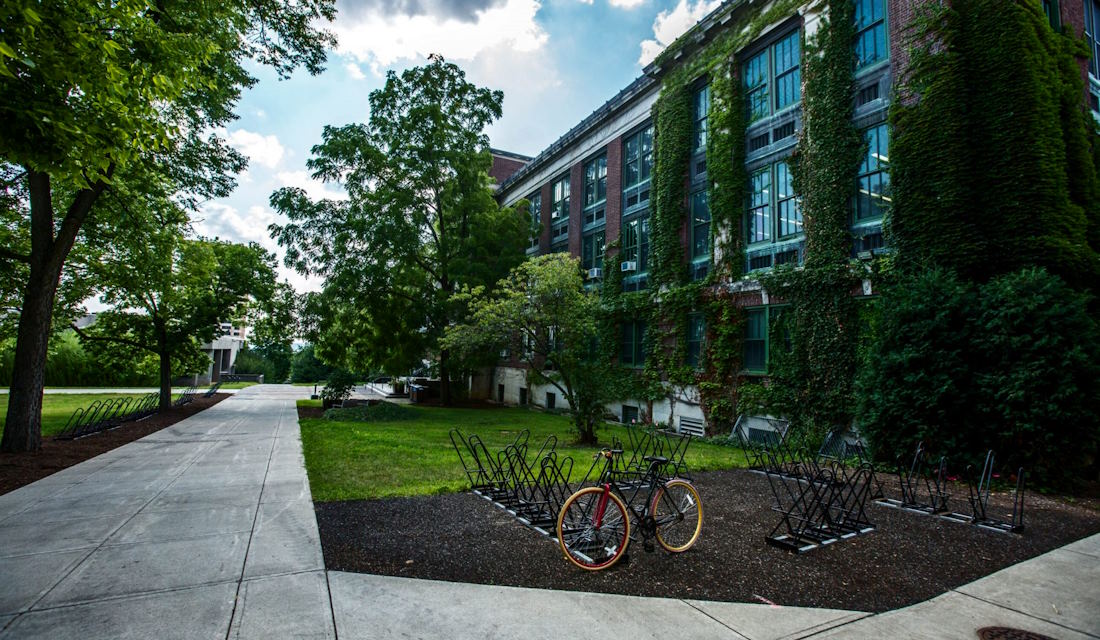
Promoting Social Justice Through Student-Led Activism
As we stand at the intersection of education and societal transformation, the resonance of student voices in the advocacy for social justice cannot be overstated. From historical milestones like the Civil Rights Movement to modern campaigns addressing climate change and gender equality, students have consistently been at the forefront of change. By acknowledging the historical precedents and amplifying the contemporary narratives, we seek to underscore the critical role students play in shaping not only the future of education but also the broader societal landscape.
Challenges to Social Justice in Education
However, the path to social justice is fraught with challenges. Systemic inequities and discrimination persist, creating barriers for marginalized groups within educational systems. Students, recognizing the need for advocacy and action, find themselves navigating a landscape where biases and prejudices may be deeply ingrained. It is within this context that student-led activism becomes not only a tool for change but a necessary response to the persistent challenges faced by those on the margins of the educational system.
To truly address these challenges, it is essential to acknowledge the existence of systemic barriers that perpetuate inequality. Student activists must not only advocate for policy changes but also work to dismantle the root causes of discrimination, creating a more inclusive educational environment for all.

The Intersectionality of Social Justice
An essential aspect of effective student-led activism is understanding and embracing intersectionality. The term, coined by Kimberlé Crenshaw, recognizes that individuals may face overlapping forms of discrimination based on factors such as race, gender, socioeconomic status, and more. In the realm of student activism, acknowledging intersectionality is crucial for creating movements that address the multiple dimensions of injustice.
Student activists, by recognizing the interconnected nature of social issues, can foster inclusive movements that amplify the voices of those at the intersection of various identities. This approach not only strengthens the impact of activism but also ensures that the strategies employed are comprehensive and holistic.
Strategies for Effective Student-Led Activism
Building a foundation for effective student-led activism involves a multifaceted approach. Education and awareness serve as cornerstones, empowering students with the knowledge necessary to articulate their concerns and advocate for change. Grassroots organizing and mobilization are equally crucial, bringing together individuals with shared goals to amplify their collective impact.
In the digital age, the use of social media and technology has become a powerful tool for student activists. Platforms like Twitter, Instagram, and TikTok provide avenues for spreading awareness, mobilizing support, and holding institutions accountable. The ability to connect with like-minded organizations and leverage technology for advocacy allows student activists to transcend geographical boundaries, creating a global network committed to social justice in education.
Overcoming Resistance and Nurturing Allies
Student activists often face resistance from various quarters, including skeptical peers, teachers, administrators, and even parents. Addressing this resistance requires a nuanced approach that involves open dialogue, education, and a commitment to bridge-building. Building alliances with individuals who may not initially align with the cause is crucial for creating a supportive community that can drive lasting change.
In navigating these challenges, students learn valuable skills such as communication, negotiation, and diplomacy—skills that extend beyond the realm of activism and into their future roles as leaders and advocates.

Success Stories in Student-Led Social Justice Movements
Examining success stories in student-led social justice movements provides tangible evidence of the impact such activism can have. From the establishment of diversity and inclusion policies to the removal of discriminatory practices, student-led movements have been instrumental in reshaping the educational landscape.
Highlighting these successes not only celebrates the achievements of student activists but also serves as inspiration for others. It demonstrates that change is possible, even in the face of formidable challenges, and encourages a sense of agency among students who aspire to make a difference.
The Long-Term Impact of Student-Led Activism
The impact of student-led activism extends far beyond immediate victories. Shaping school policies and practices is just the beginning; the real long-term impact lies in the empowerment of future leaders and advocates. As students engage in activism, they develop a sense of agency, resilience, and a commitment to justice that will shape their actions and perspectives throughout their lives.
Creating a lasting culture of social justice within educational institutions is perhaps one of the most significant contributions of student-led activism. By embedding principles of equity and inclusion into the fabric of education, students lay the groundwork for a society that values diversity and actively works to dismantle systemic injustices.








